Common apricot varieties and cultivation
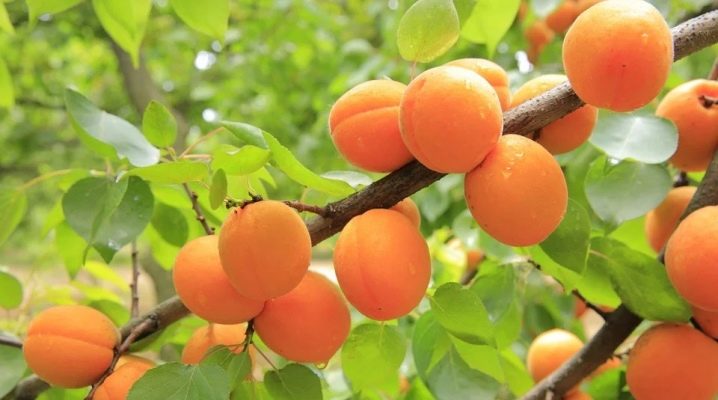
Tall apricot trees can be seen in both warm and cold regions of the country. It is one of the most common plants and is highly valued for its decorative properties and productivity. With proper care, such trees live for several decades and delight the owners of the site with delicious fruits for a long time.
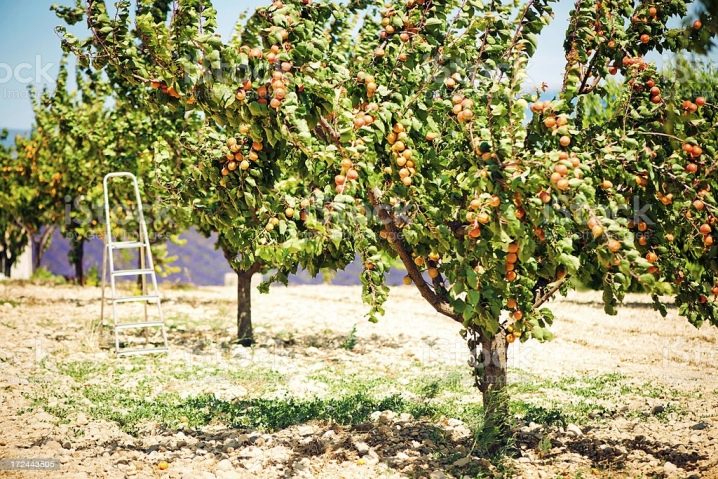
Description
Common apricot belongs to the pink family. The homeland of this tree is in the East. In Russia, apricot trees began to be grown only in the 17th century. Originally, the plant was also known as the yellow-leaved plant. Common apricot is resistant to both heat and cold. It is undemanding to the composition of the soil, because it has a powerful root system. Therefore, the tree grows well in all conditions.
The plant can grow up to 8 meters in height. But most deciduous trees are shorter. The average height of apricots is 4-5 meters. Their trunks are covered with red-brown smooth bark. With age, it begins to darken and crack. The lush crown of the tree is decorated with rounded elongated leaves. Their surface is glossy.
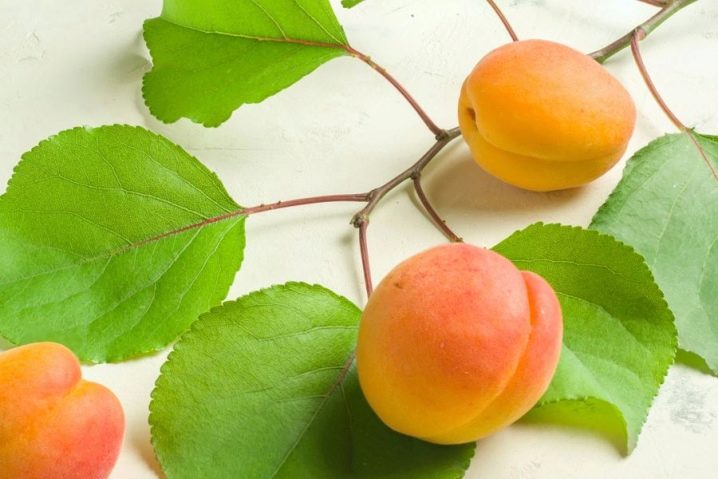
In spring, small flowers appear against the background of green foliage. They reach 2-3 centimeters in diameter. Their color can be either pure white or pale pink. As a rule, apricot buds bloom in the second half of spring. During this period, the plant looks very beautiful.
After the end of flowering, fruits are formed at the site of the inflorescence. They are rounded. The color of the apricot fruit is orange. Their size depends on the varietal characteristics of the plant. There is a large stone inside the fruit. They ripen in July-August. The common apricot lives for about 70-90 years. It begins to bear fruit at the age of three, fruiting lasts about 30 years.
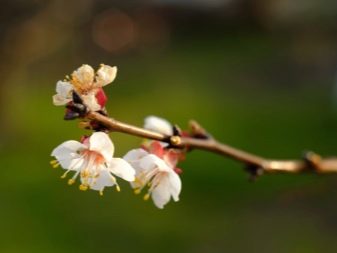
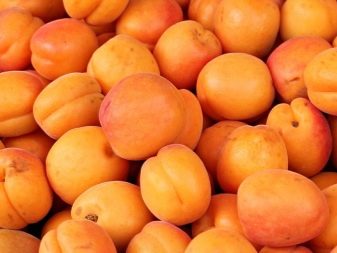
Is it a berry or a fruit?
Many gardeners who grow apricots on their site do not know if their fruits are fruits or berries. Botanically, they are a stone fruit... This is due to the fact that inside each fruit there is a bone, which is easily separated from the pulp.
Nevertheless, apricots, like plums or cherries, are still called berries by most gardeners. This is due to their size and the fruiting times of the trees.
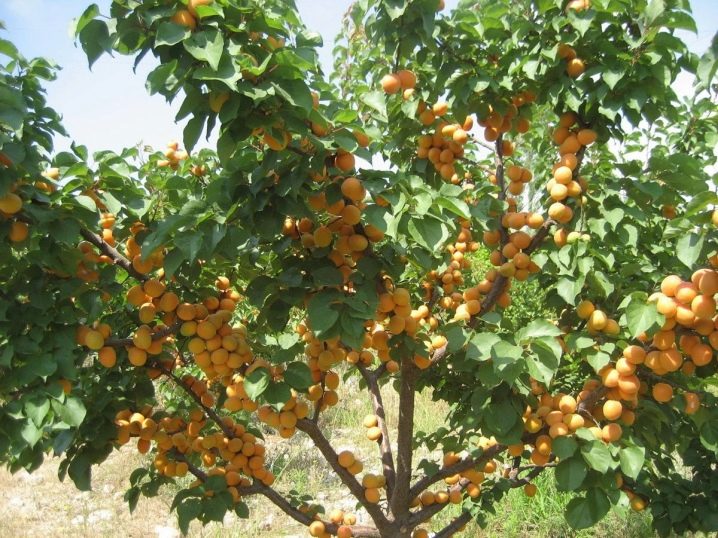
Landing
It is recommended to plant apricots in sunny areas. The soil in the selected area should be light, with neutral acidity. It is recommended to plant apricots in open ground in spring. In this case, he will have time to take root before the onset of cold weather.
In this case, the place for planting a young seedling should be started to be prepared in the fall. To do this, in the selected area, you need to dig a hole 80x80 cm in size. You need to place a peg in the center. It should protrude 70 centimeters above the ground. In order to prevent stagnation of water and decay of roots, the bottom of the pit is covered with a layer of broken brick or rubble.
Then the fertile soil is mixed with peat or humus in a 2: 1 ratio. Pure wood ash can be added to the same mixture.
The nutrient-rich soil is poured back into the pit. In this form, the site is left until spring.
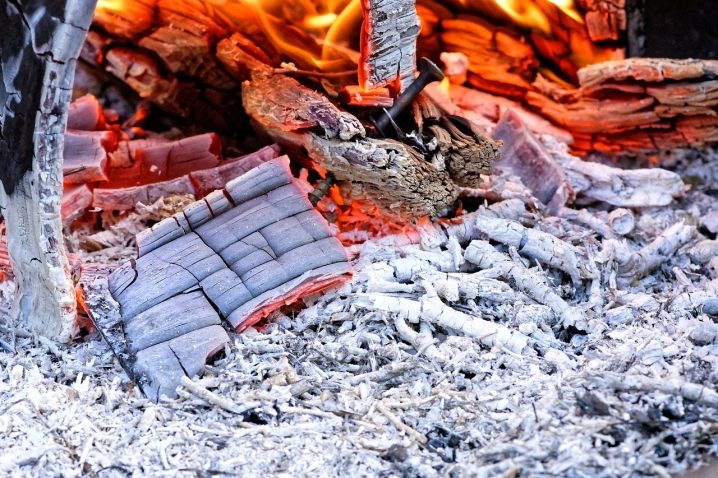
With the onset of heat, a new hole is dug in the settled earth. The roots of the seedling should fit into it without bending... Before planting a plant, its rhizome must be carefully examined. There should be no rotten or dried parts on it.Before planting, the apricot rhizome must be dipped into a container with a mixture of clay and mullein. After that, it can be moved into the pit.
Next, the roots of the plant must be covered with earth. The soil must be tamped tightly and watered. Typically, it takes about two buckets of water to water one plant. It should be well kept and fairly warm. When moisture is absorbed into the soil, the tree must be tied to a peg that has been driven into the soil in the fall.
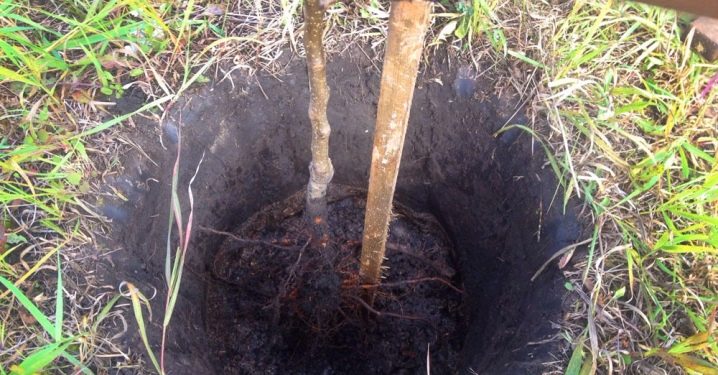
Care
It is very simple to care for the common apricot.
Watering
This plant has good drought tolerance. But without regular moistening of the soil, the apricot grows slowly and does not bear fruit well. Therefore, plants must be watered before flowering, after the appearance of ovaries and during the period of fruit formation. Additionally, the land is irrigated in August and early autumn.
For irrigation, it is worth using settled water. It must be poured into the near-barrel circle.
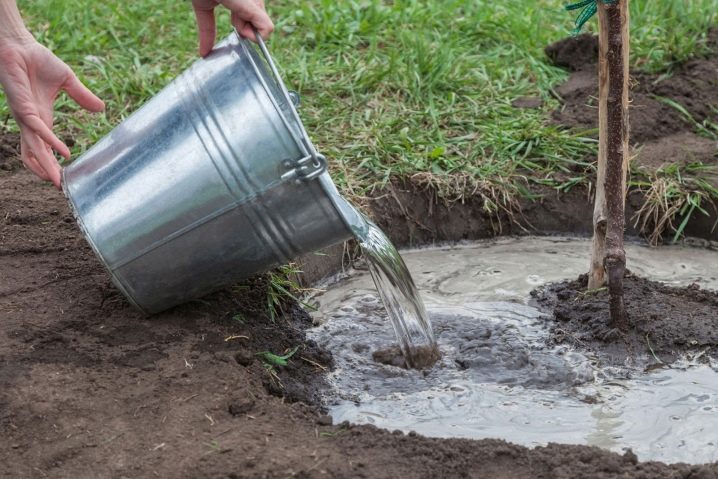
Top dressing
Timely feeding helps to increase the yield of apricot. Typically, trees are fertilized twice a season.
-
In the spring... During this time, gardeners use nitrogen fertilizers. They are introduced into the soil before flowering. This additionally helps protect the tree from common diseases.
-
In autumn... This is the most important top dressing. In the fall, it is customary to place organic fertilizers in the soil. This can be peat, compost or rotted manure. If the soil on the site is poor, the apricot is fed with such products annually. Otherwise, organic fertilizers can be applied to the soil every 4-5 years.
An excess of nutrients negatively affects the condition of the plant. The tree begins to actively grow its crown. At the same time, the fruits remain small and tasteless.
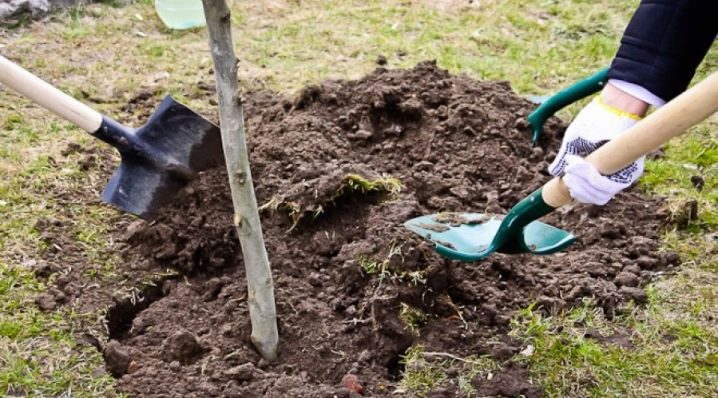
Pruning
Regular pruning also benefits the plants. Therefore, the apricot is cut from the first year of life. There are several basic types of wood trimming.
-
Formative... This procedure helps to form a neat crown. Usually it is shaped like a ball. This procedure can be carried out both in spring and autumn. Particular attention should be paid to crown formation in the first years of apricot life.
-
Regulatory... The essence of this procedure is to remove branches that interfere with the normal development of the fruit. In the process, all improperly growing shoots are removed. In addition, large branches are trimmed to create shadow. Regulating pruning is usually done at the same time as shaping pruning.
-
Sanitary... This procedure helps to heal the tree. In the process, all frozen, dry and broken shoots are removed. At the same time, healthy branches are shortened. It is recommended to prune trees in this way in the spring. In summer or autumn, the procedure can be repeated. But they do this only if the plant is sick.
Pruning should be done with disinfected garden tools. Places of cuts must be covered with garden varnish.

Wintering
Common apricot is a winter-hardy plant. Therefore, if the winters in the region are warm, there is no need to insulate the trees. Only young seedlings need insulation. The soil next to their trunks is mulched with foliage. The base of the tree is tied with spruce branches. From above it is wrapped in spunbond. This allows you to protect the plant not only from the cold, but also from rodents.
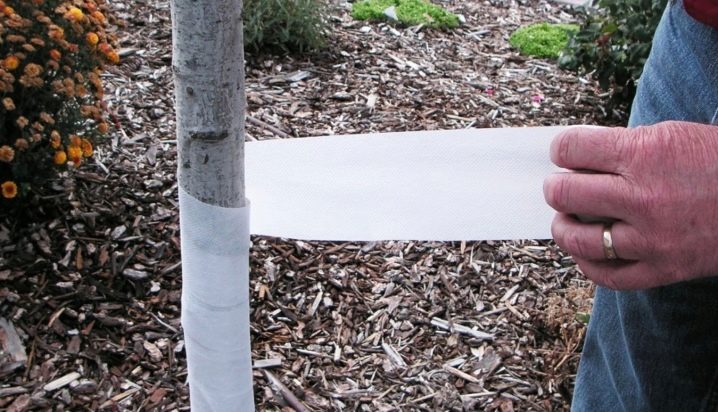
Reproduction
You can propagate apricots in several in the main ways.
-
Cuttings... The green shoots are cut from healthy young trees. The branches are cut into small cuttings. Each of them should have 3-4 green leaves. Prepared cuttings are immediately planted in a container with a substrate. Plants are rooted throughout the summer. In the fall, they are transferred to the cellar, where they are stored until the onset of heat. In spring, rooted cuttings can be planted in open ground. It is best to plant them immediately in a permanent place.
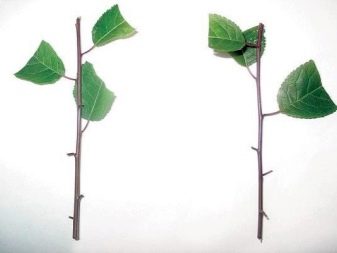
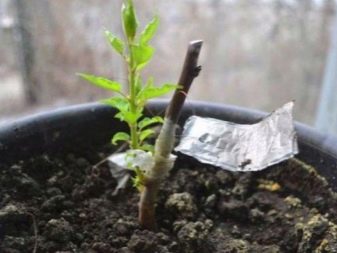
- Air layering... First you need to select a healthy branch. At the edge, you need to find a site from which the bark will be cut. The branch is bent to the ground and placed in a trench prepared in advance.Then it is sprinkled with fertile soil. The branch also takes root during the whole summer season. In the fall, it must be cut off from the mother plant. The seedling must be planted in a pot and removed for the winter in the cellar. The temperature there should be within 6-8 degrees. In the spring, a young tree is planted in the selected area.

- Underwire... Apricot seeds are taken from ripe and juicy fruits. For a day, the bones are soaked in water. After that, they are laid out in the groove. The distance between the individual bones should be within 10 centimeters. From above, the seeds are sprinkled with earth mixed with humus, and covered with dry foliage. In the spring, green shoots will appear on this site. Over the summer they will grow up, and in the fall they can be transplanted to a permanent place. Trees grown from stone begin to bear fruit only 5-6 years after planting. But they are distinguished by good resistance to diseases and temperature changes.
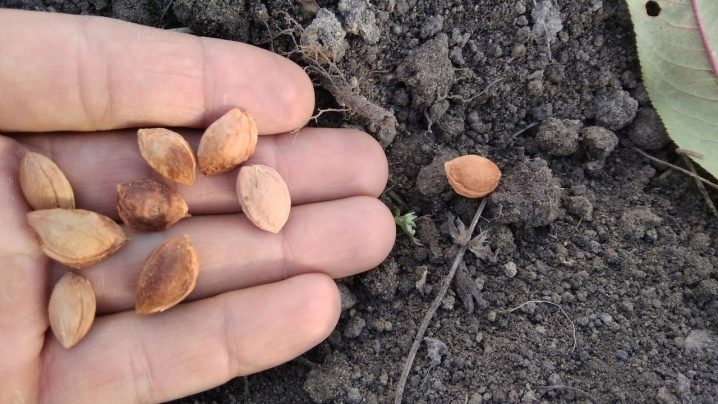
Root shoots can also be used to propagate trees. But this method is not very popular among gardeners.
Diseases and pests
Various diseases and pests interfere with the normal development and fruiting of common apricot. To protect their trees, many gardeners spray them with a solution of copper sulfate in the spring. But this preventive measure does not always help.
Often growing in the garden, apricots affect the following diseases.
-
Moniliosis... As a result of the disease, the bark becomes covered with light gray growths. The foliage at the same time darkens and falls off. If a fruiting tree is sick, you should not count on a good harvest. Most of the fruit will dry out or rot before ripening. You need to fight the disease radically. All damaged branches must be removed and burned. The trunk and crown must be treated with Bordeaux liquid.
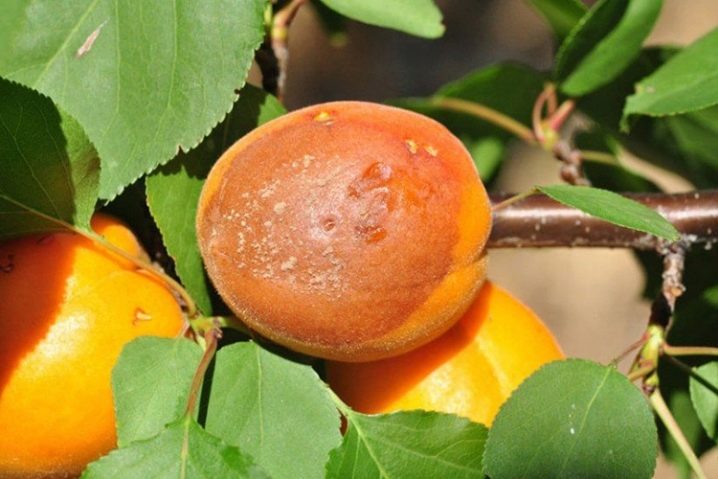
- Bacterial spotting. Dark spots appear on the foliage surface of ailing trees. Over time, it falls off. The same thing happens with fruits. Infected apricots are treated with copper sulfate. This helps to save the selected plant.
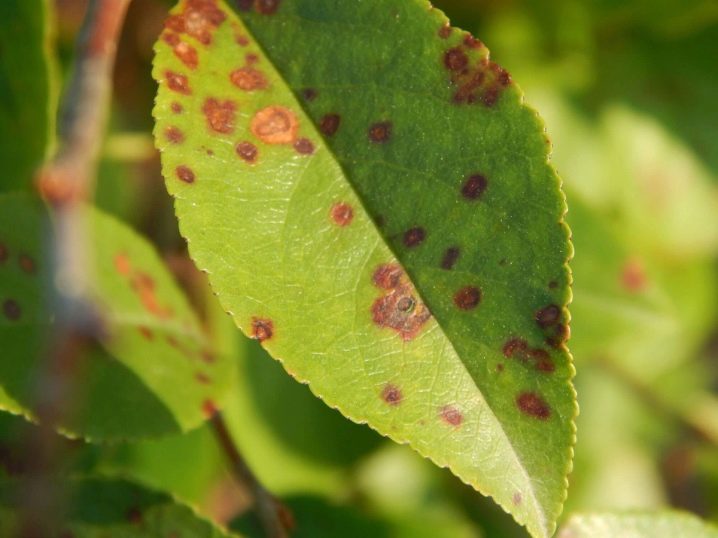
- Gum therapy... Cracks can often be seen on the bark, from which an amber sticky liquid flows out. It freezes over time. If you notice hardened gum, it must be carefully peeled off with a garden knife. After that, the affected area must be lubricated with garden varnish.
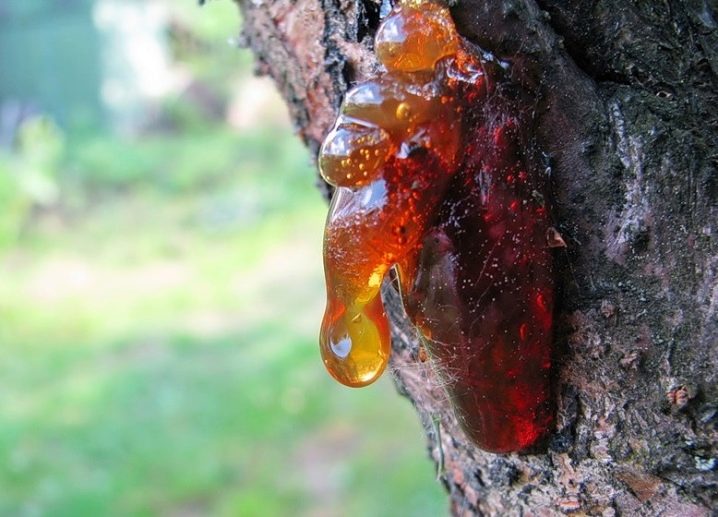
- Bacterial cancer. The bark covering the branches and trunk begins to crack. Over time, the plant weakens and begins to bear fruit worse. When starting the fight against this disease, all affected branches must be cut off. The cut points must be treated with garden varnish with the addition of a fungicide.
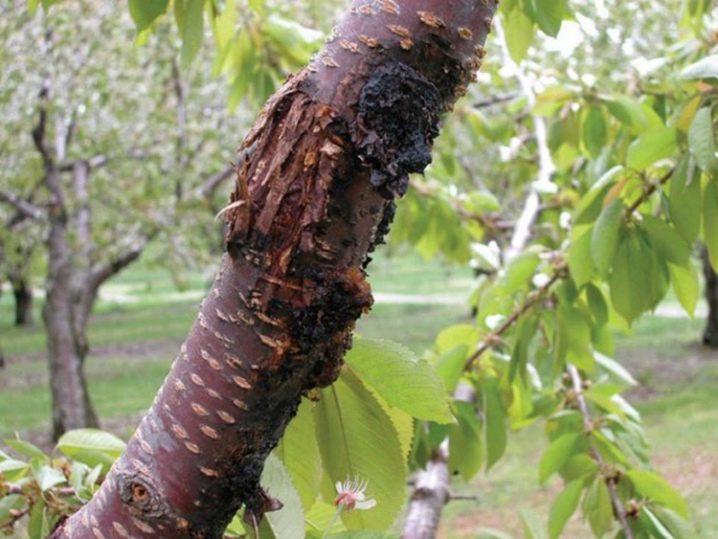
- Tape mosaic. This disease manifests itself in the spring. Thin yellow stripes are visible on the blossoming foliage. They grow over time. This leads to the death of the sheets. To save the plant, the trunk at this stage is re-treated with a solution of copper sulfate.
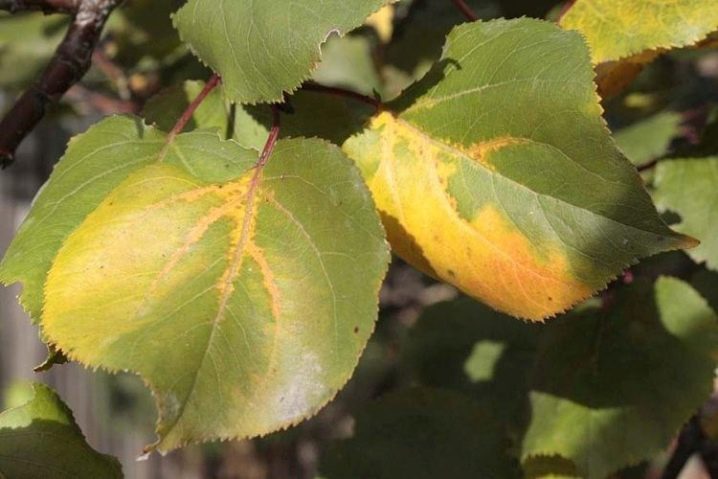
Among all the insects that live in the garden, the following pests pose the greatest danger to apricots.
-
Aphid... These small insects harm many garden plants. They settle on the lower part of the foliage and feed on its sap. Because of this, the sheets begin to deform and fade. Damaged plants are significantly weakened. To prevent this, the plants are treated with aromatic solutions. It can be an infusion of tomato tops, garlic or marigolds. If there are a lot of aphids on the site, insecticides such as Aktofit or Boverin can be used to combat it. It is necessary to spray the lower part of the foliage with such products. During the fruiting period, they cannot be used.
-
Moth... Young butterflies do not harm apricots. But their caterpillars feed on the sap of the foliage of these trees. This happens in the spring. To save their fruit trees, the gardener needs to harvest and destroy fallen leaves in the fall. After all, it is in it that the caterpillars of these pests winter.
-
Hawthorn... As in the case of the moth, the caterpillars of these butterflies pose a danger to the plant. They gnaw huge holes in the foliage. You have to deal with the tracks manually. They are collected in the evenings and immediately destroyed.
Providing the tree with good protection from diseases and pests will not have any problems with fruiting.
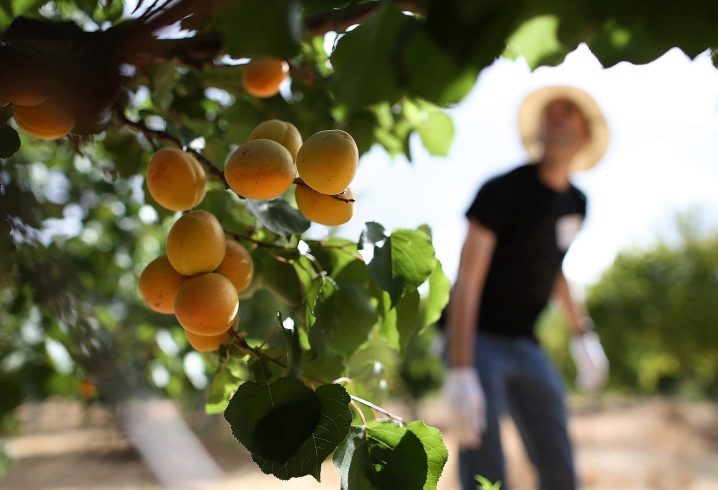
Interesting Facts
Lovers of apricot trees will be interested in learning a few interesting facts about these plants and their fruits.
-
The Byzantine emperors believed that drinking fresh apricot juice could prolong a person's life.
-
Gardeners often crossbreed apricots with other fruits. Usually, plums of different varieties are used for this purpose.
-
When dried, apricot fruits almost do not lose their beneficial properties. Therefore, dried apricots are recommended to be included in the diet of both adults and children.
-
Apricot kernels are used as raw materials for the preparation of marzipans. In terms of their characteristics, they are similar to bitter almonds.
-
There is a black apricot in nature. This plant is a hybrid of common apricot and cherry plum.
-
Armenians call this tree their national plant. In many other countries, it is also known as the “Armenian apple”.
The fruits of apricot trees are considered dietary. But people with diabetes should not use them.
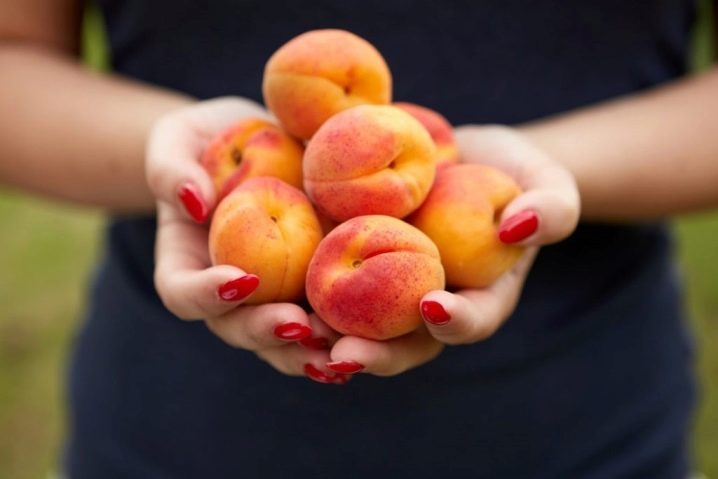
Apricot in landscape design
An unpretentious, but beautiful apricot is often planted in personal plots. It is usually placed next to other fruit trees. In single plantings, apricot also looks very good. In the spring, he pleases gardeners with his flowering. In summer, it is decorated with juicy orange fruits, and in autumn, yellowing foliage.
Most often, such trees are planted next to gazebos or on the border of the site.
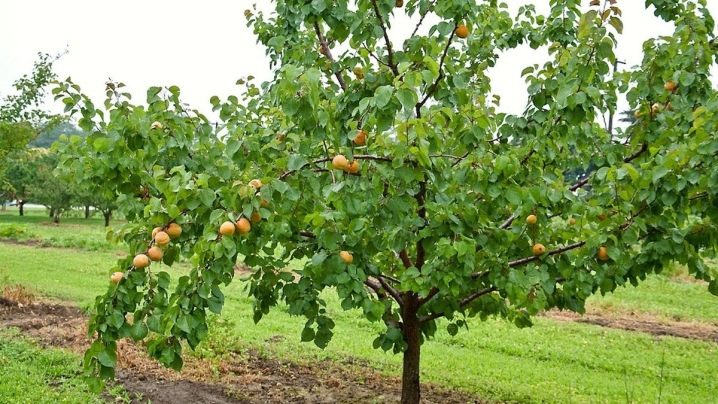
In the near-stem circle of the apricot, shade-loving bushes or flowers can be located. The main thing is that they do not take nutrients from the soil that the tree itself needs.
In general, growing common apricots is very easy. Providing him with proper care, the gardener will be able to enjoy his appearance and fruits for more than one decade.
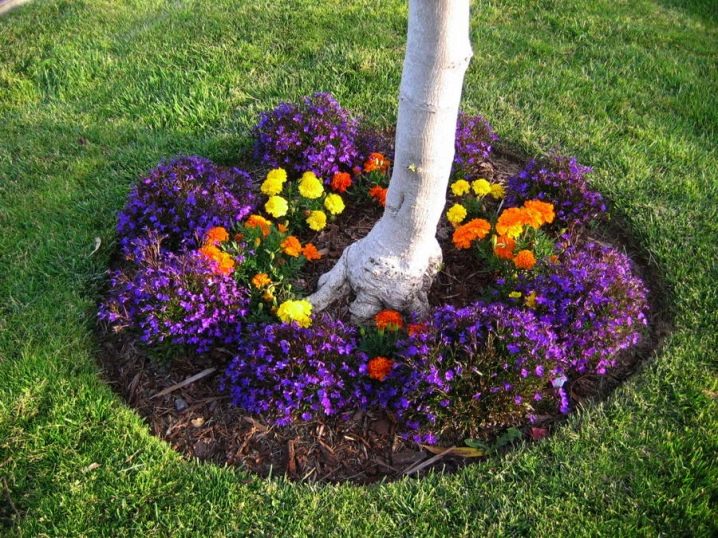









The comment was sent successfully.